Blog
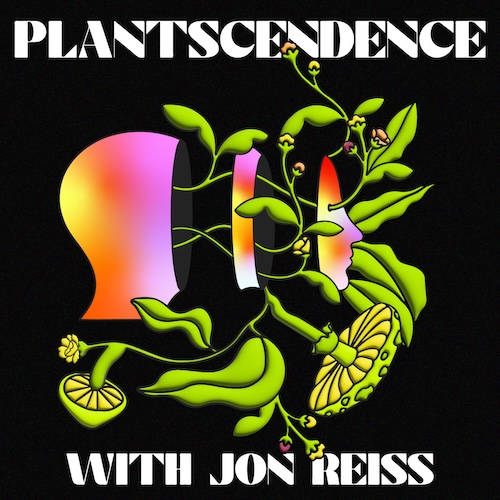
Plantscendence: Psychedelic Review Marketing
My new podcast about people’s most transformative psychedelic experiences, Plantscendence, just launched today on Apple Podast, Spotify, iHeart. We launch three episodes today and then one a week for the next seven weeks for our first 10 episode season. To learn more why I was inspired to start the podcast and about some of our guests take a listen to the teaser/trailer. Click here for Apple Podcast. Click here for Spotify. As Forbes notes: “The podcast explores the medicinal and transformative properties of plant-based substances and illuminates the personal journeys of those who have found healing and inspiration through their use.” I would love if you would download an episode or

No Small Matter Covid-19 Pivot – Global Screening Event
Since last fall I have been working with the team behind No Small Matter (directors Danny Alpert, Greg Jacobs, Jon Siskel, producer Rachel Pikelny and impact producer/co-producer Laura Fallsgraff) to create a national event to cap their incredible impact focused grassroots campaign that had already resulted in over 1200 community screenings. This massive campaign had been orchestrated by Fallsgraff, Siskel, Jacobs, Alpert and their teams at Siskel/Jacobs and Kindling Group. (The impact campaign is notable for how early and extensively they started working with partners – more in a future post). No Small Matter is a feature length documentary designed

Desolation Center’s Innovative VOD Release Strategy and Practice
Photo: Einsturzende Neubuaten, By: Fredrik Nilsen Stuart Swezey’s Desolation Center, a story of the Reagan-era desert performances featuring Sonic Youth, The Minutemen, Redd Kross, Meat Puppets, Einstürzende Neubauten & Savage Republic that influenced some of the world’s most famous music festivals (Burning Man, Lollapalooza, Coachella), launches tomorrow on VOD after finishing a 50+ city theatrical release that culminated in NYC screening at the IFC Center in February just before Covid-19 hit in March. I have had the pleasure of working on Desolation Center since the beginning and am excited to have seen their success (festival premieres at CPH:DOX, Sheffield and
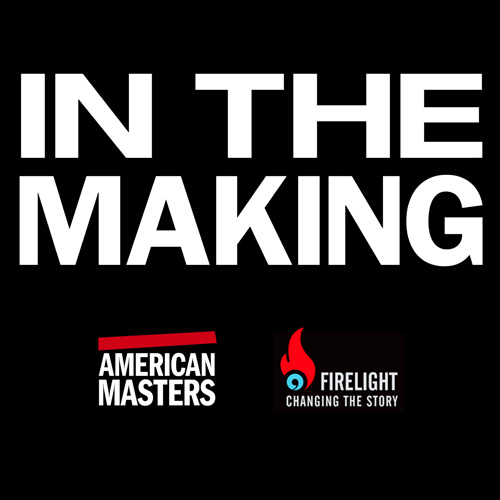
Introducing Four Sacred Colors by Ben-Alex Dupris
Ben Alex Dupris Filming Bunky Echohawk November is Native American Heritage Month – and I feel that it is more important now than ever to be celebrating and promoting Native stories by Native filmmakers. Native americans are on the front lines protecting our environment from exploitation and degradation, yet according to the massive research study Reclaiming Native Truth Project found that invisibility is now the modern form of bias against Native Americans and it’s no wonder considering their representation in media. Native American characters ranges from 0 to .04% in prime time television and popular film.” The report
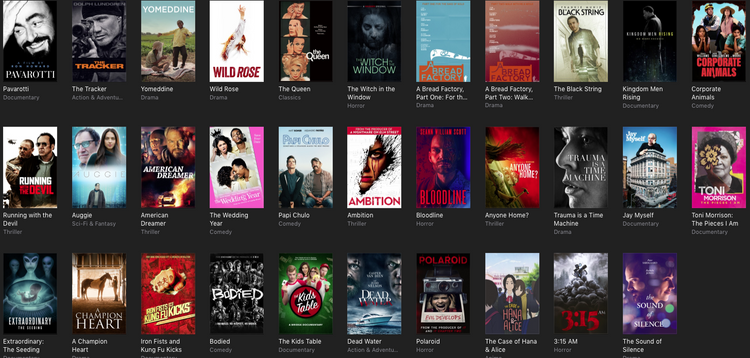
Distribution: Aggregators vs. Distributors
In the wake of the seeming demise of Distribber, which was one of the main ways in which filmmakers could get their work up onto major online platforms, it seems that it is still important to indicate the difference between aggregators and distributors – as well as between the two main types of aggregators: aggregators for hire and aggregators by percentage. Yesterday I was interviewed by Jeffrey Michael Bays and Forris Day for their Get Real: Indie Filmmakers podcast about the Distribber situation and discuss some potential solutions. You can find it here. But first some background that most
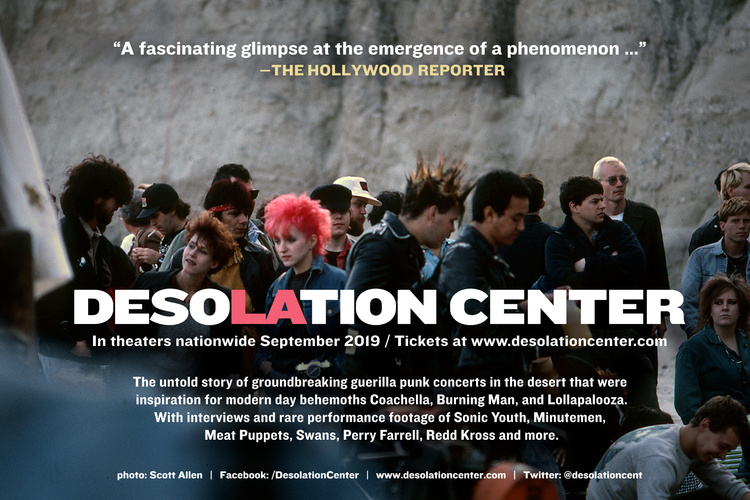
Desolation Center Starts National Theatrical Release
After a great festival run including Slamdance, CPH: DOX, Sheffield International Doc Fest and many more Desolation Center starts the next step of its journey today with the launch of a 30+ city theatrical release. It hits Los Angeles this week and then onward across the US and Canada. I have been advising and working Stuart Swezey on this remarkable film since the beginning – even contributing some footage from my early Mark Pauline/Survival Research Laboratories documentaries. The film plays exceptionally well in theaters and Stuart has been creating a number of events with musicians around the release such
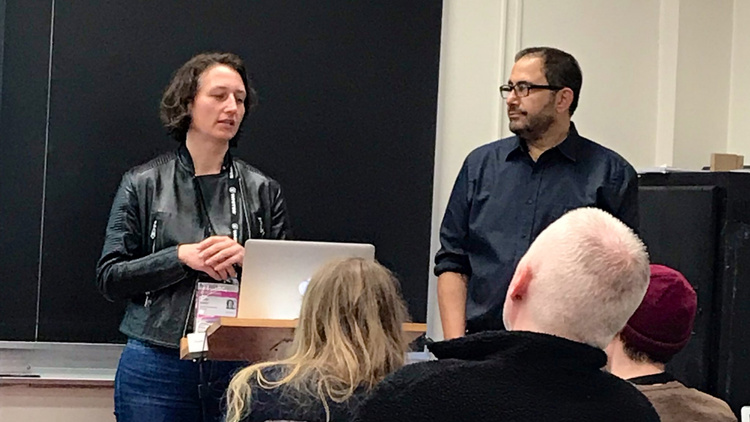
7 Deadly Sins of Self-Distribution Hot Docs Presentation and Notes from the Forum
Earlier in the month, I had the pleasure to present and attend Hot Docs. As I am pitching a few new projects to direct and produce, I was especially interested in attending the Forum (5 notes of pitching to forums below). But first – I want to share the presentation that Sonja Henrici of the Scottish Documentary Institute and I did at Hot Docs – The Seven Deadly Sins of Self Distribution. (This presentation includes an introduction to the PESO concept.) To be honest there are so many mistakes that filmmakers make, it was hard to narrow it down to

The Power of Social Advertising A Case Study on 3100:RUN AND BECOME
I recently sat down with documentary filmmaker, Sanjay Rawal (Food Chains, Challenging Impossibility), to discuss the release of his latest film 3100: RUN AND BECOME. The film is a documentary about endurance and determination which follows participants in the world’s longest certified running race – the Self-Transcendence 3100 Miler – as they attempt to shatter boundaries of human possibility. In terms of getting one’s film out into the world, Sanjay is one of the savviest filmmakers I know. Since 3100: Run and Become has such a potent niche audience, Sanjay decided that it made sense to pursue a hybrid strategy
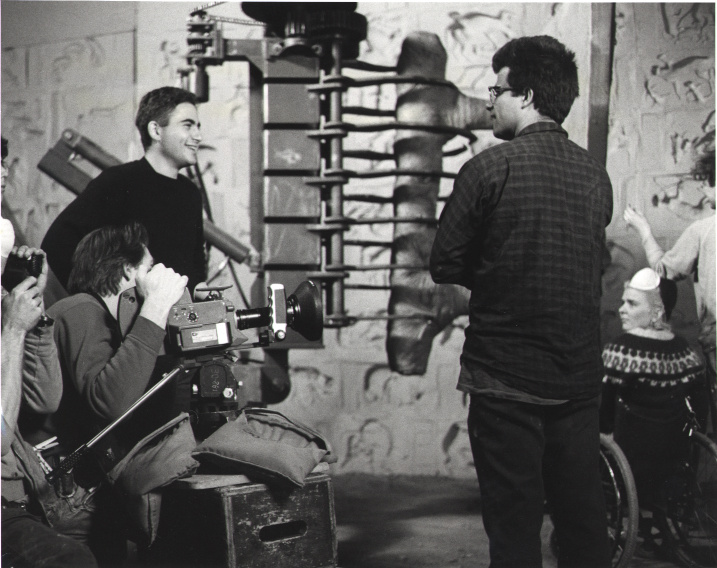
A BITTER MESSAGE OF HOPELESS GRIEF SCREENS AT BERLINALE
This week I will be traveling to Berlin Germany to attend the screenings of my 1988 short film, A Bitter Message of Hopeless Grief. The film was selected to screen in the 40th edition of the Panorama section of the Berlin Film Festival, a section that has always included films with the intention to inspire, provoke, and challenge the audience. To celebrate the 40th anniversary, the festival will be screening 40 past films as a reflection program. A Bitter Message of Hopeless Grief is a fractured narrative featuring large anthropomorphic robots living in their own fictional world devoid of humankind,
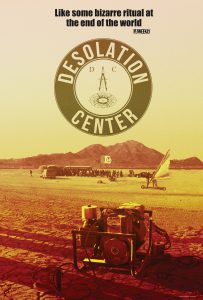
The Gate – 2018 Case Study
2018 – A Year in a Glimpse This last year has been busy, busy, busy! Hot off the presses – we are super excited that one of the projects we have been acting as consulting producer and distribution advisor on, Stuart Swezey’s film debut Desolation Center, just got selected for its US Premiere at Slamdance 2019 following a healthy 2018 international run including CPH:DOX, Sheffield International Doc Fest, Cork, Docx, Dokufest, Indie Lisboa, and more. The feature doc is about a series of Reagan-era guerrilla punk and industrial desert happenings in Southern California which are now recognized as the
Hybrid Cinema News
A Busy November This past month has been a whirlwind of travel! I kicked off November in Toronto from the 1st – 7th for the Parliament of World Religions (this was for one of our projects – but I am getting quite a few spiritually oriented projects lately). Then it was on to NYC for November 8th-15th. First at Doc NYC to deliver a “manifesto”on independent film releases and data as part of the DOC NYC: PRO Series on Tuesday the 13th This is approximately nine years after my manifesto on hybrid distribution that I gave at CPH:DOX just prior
Creative Distribution and Audience Engagement post-Cambridge Analytica
This Wednesday at 12:45pm most people will be scrambling to get to their coveted lunch break. They’ll sit on a bench outside, breathing their allotted 30 minutes of fresh air, holding a faux-turkey sandwich in one hand and their cell phone in the other. As they scroll through Facebook, trying not to drip mustard on their new iPhone X, I’ll be co-hosting a conversation alongside Sonja Henrici from the Scottish Documentary Institute, for the IDA’s Getting Real Conference. The topic of our conversation is, “Creative Distribution and Audience Engagement post-Cambridge Analytica: A look at changing strategies, roles, demands and data.”
22 Responses